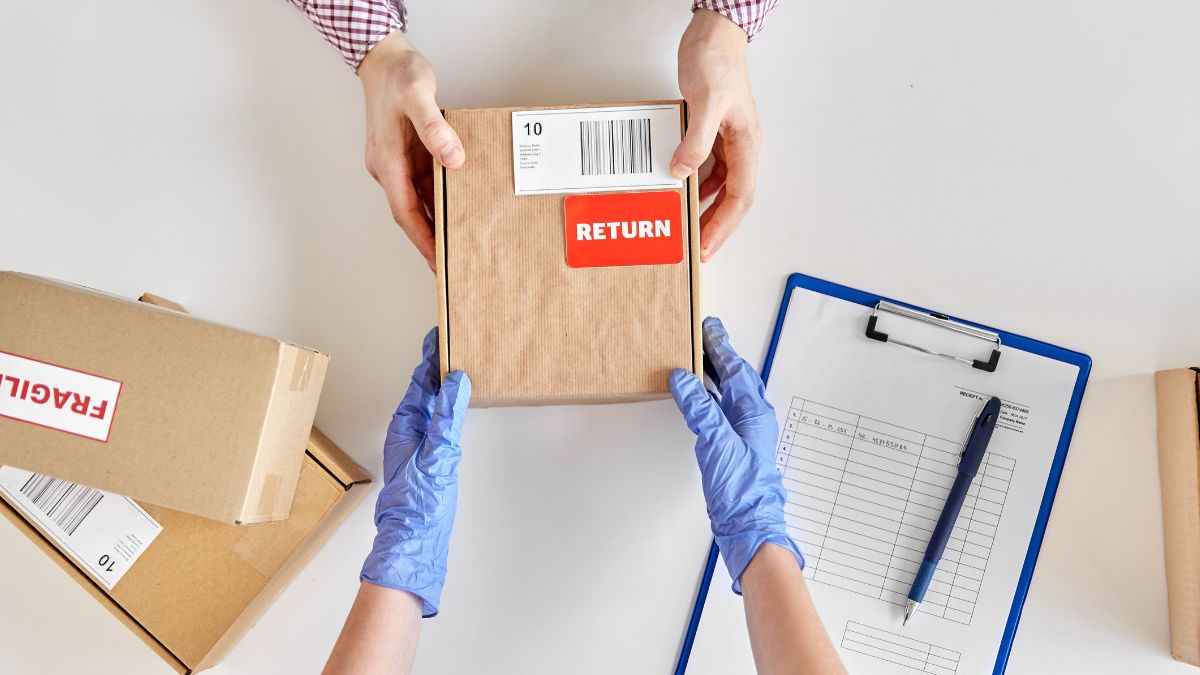Lifestyle
Don’t Let Generosity Backfire: Amazon’s Returns Aren’t Unlimited

Amazon makes online returns extremely easy: 30 days, a smooth process, and often with free shipping. But don’t get fooled thinking it’s unlimited. If you’re returning stuff a little too enthusiastically, Amazon could shut your account for “abuse” of their policy.
There’s no official number for “too many returns,” but Amazon will spot people who return tons of stuff in suspicious patterns, especially if you’re always swapping out just-bought things for the next shiny item.
What About “Try Before You Buy” (Prime Wardrobe)?
Amazon discontinued its “Try Before You Buy” service earlier this year, in January, which let you check out clothes in real life but only pay for what you actually liked. Similar to a Stitch Fix experience. Now, Amazon has shifted to virtual try-ons and AI-powered size recommendations instead.
Was returning most of your Try Before You Buy stuff a red flag? Well, Amazon doesn’t break it down officially. But unofficially, there were some seller groups that said returns from this program could count toward your return pattern.
Can You Get Banned Without Warning?
The short answer? Yes. Amazon can use their ban hammer with zero notice, and some shoppers could find themselves locked out of Prime without an email warning. Others have said they’ve gotten a little warning or a review email first, so your mileage may vary. Bans aren’t super common, but they can happen if Amazon thinks you’re gaming the system.
What could a repeat offender look like? Returning the same item over and over or buying 5 colors just to post on social media, and then returning 4. These actions could be seen as “free rental” or wardrobing.”
A recent Fortune article also talked about Gen Z and Millennials admitting to digital shoplifting, which adds to the stress for merchants.
Here’s a seller’s take when she noticed her returns spiking:
“A few months ago, my returns spiked, and I noticed they would order 2 and return 1. I figured people were thinking they are “hacking” Amazon by canceling prime but ordering enough to get free shipping without prime and thinking how clever they are to be able to still get “free returns”. Sure enough when I set the limit at 1 my return rate dropped to .3% and my sales had never been higher so it didn’t hurt my sales velocity at all.” – @debbielu23
How to Keep Your Accounts Safe
- Return things for real reasons like defects, wrong items, or not as described.
- Don’t get click-happy and start buying things just to try and send back later
- There’s no official magic number, but some say returning over 10% of what you buy (for example, 1 out of 8-10 purchases) might get a bot’s attention
- Snap pictures/proof if needed, and only claim defective if the thing is truly broken
- Avoid “return stacking.” Don’t order multiple sizes; try them, keep one, and return many. If you do this too often, it could look like abuse.
- If you get any kind of warning, open the email and read it fully! But also be wary of phishing scams at the same time.
- Appeal respectfully if you were banned in error. People have gotten reinstated when you show purchase history, return reasons, with a calm appeal.
- Shop cautiously for high-return categories like clothes, shoes, or electronics. They tend to get scrutinized more.
The Money Move
While Amazon’s return policy feels super generous and easy to use, it’s not unlimited. Shop smart, return thoughtfully, and resist treating Amazon like a personal “rent now, decide later” closet. Your account, access to Prime, and other perks will depend on it! Happy shopping.
Read more:
How I Got $140 Worth of Birthday Freebies
What’s Soft Saving and Why Are Gen Z and Millennials Embracing It?

